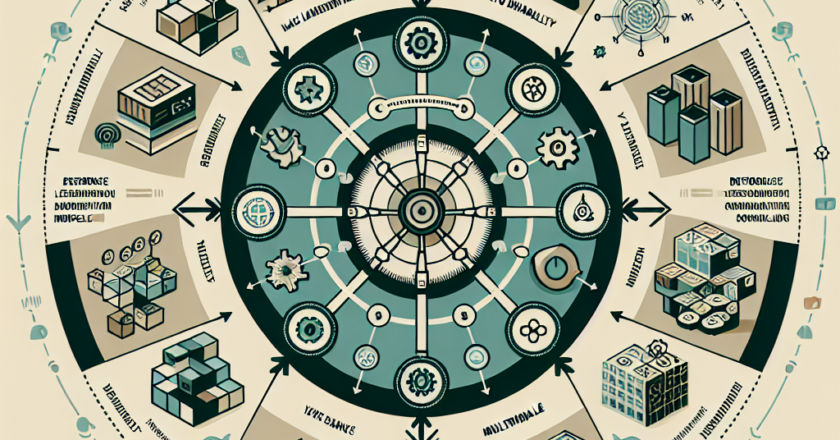Meet LangGraph: An AI Library for Building Stateful, Multi-Actor Applications with LLMs Built on Top of LangChain
Meet LangGraph: An AI Library for Building Stateful, Multi-Actor Applications with LLMs Built on Top of LangChain
Summary:
A new AI library called LangGraph has been developed to build stateful, multi-actor applications with Long Language Models (LLMs) on top of LangChain.
LLMs are large and powerful AI models that can understand and generate human-like text.
LangGraph enables the creation of intelligent systems that can respond to user inputs, remember past interactions, and make decisions based on the history.
This library allows developers to build applications that behave like intelligent agents, maintaining conversations, and making informed decisions.
The LangChain infrastructure underlying LangGraph provides the necessary tools and support for building these applications.
Author'...










